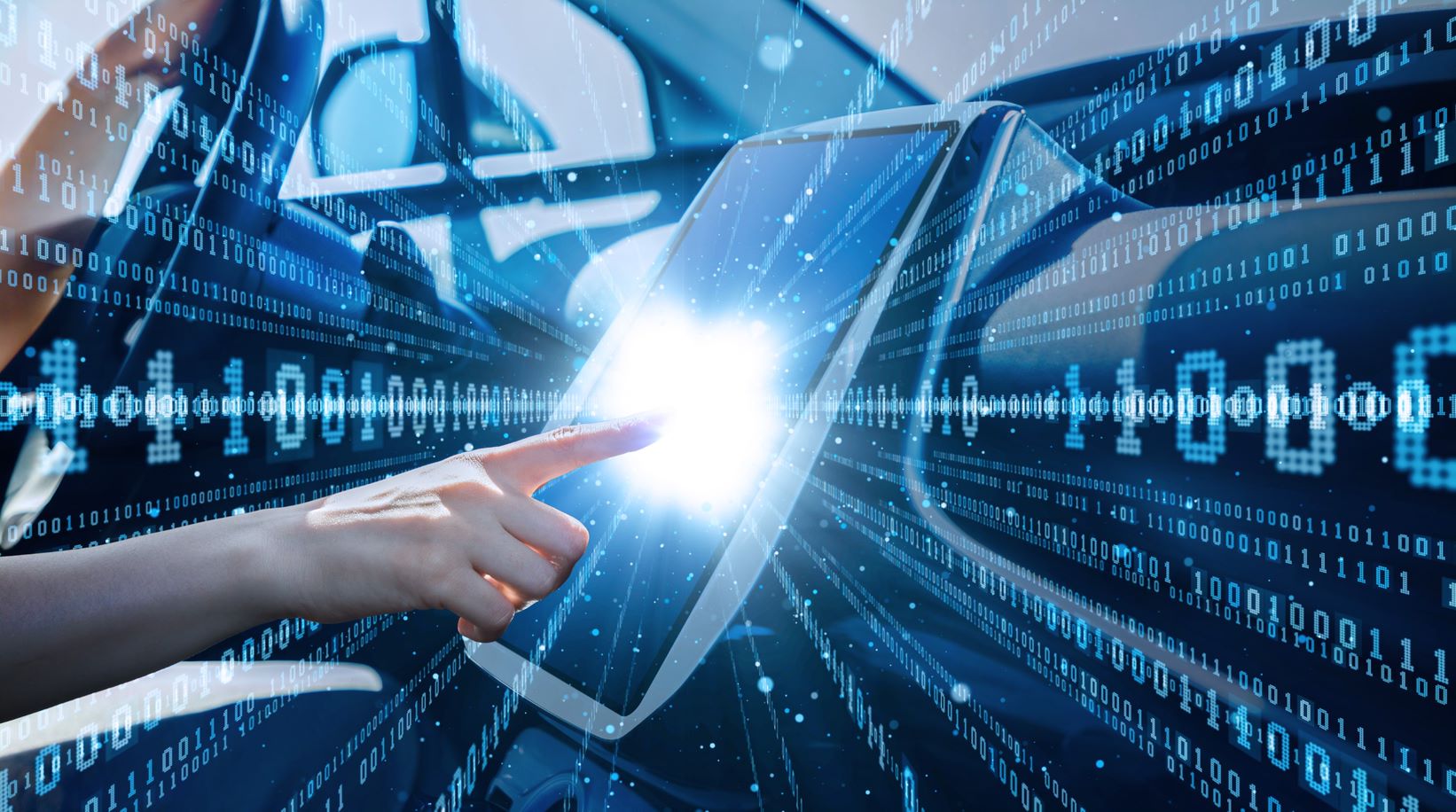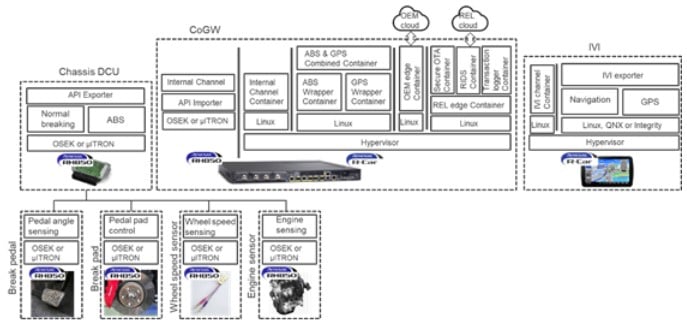In the automotive vertical industry, we faced a very big impact, which is once in recent 100 years caused by internet native business and device revolution, called "CASE".
CASE stands for as follows;
- C: Connected
- A: Autonomous
- S: Sharing ⇒Social*
- "S” in CASE is broadly recognized as “Sharing service”, but this time we changed it to “Social”. This is because, in the COVID-19 situation, the need for sharing services would decrease due to infection risk, and social needs such as personalization and teleworking would increase.
- E: Electric Vehicle
In the conventional automobile industry, it was premised that ordinary consumers, courier companies, etc., purchase and own automobiles while having dealers conduct fare-paying maintenance in accordance with the vehicle inspection system and legal inspection systems.
For the auto-semiconductor industry, the business ended when the developed semiconductors and subsystems were delivered to the Tier 1 company that delivers them to automobile manufacturers (OEM). And, embedded software with semiconductors was treated as a reference, not a product.
However, the automobile business in the “CASE” era assumes that the automobile is always connected to the cloud service via the internet. Looking at smartphones for example, even after users have purchased the hardware, the software is updated and the functions continue to evolve. Just like the example of smartphones, it is considered that there will be a major prerequisite for automobiles to update their software in the future.

Autonomous driving is achieved by the accurate recognition of the driving environment by the AI engine of semiconductors. The ability of recognition is also being improved day by day via software updates.
Sharing service is also a software-based business that matches users and cars using cloud service.
In electric vehicles too, software controls not only the BMS (battery management system) that manages the power supply but also the hierarchization and redundancy of electric wiring of the entire vehicle.
These facts suggest that in the CASE era, the software will be the key factor that design and develop the automotive business. Now the question is; how should auto-semiconductor manufacturers respond to such change?
In the past, it was necessary for semiconductor makers to thoroughly evaluate the specifications of products before they were shipped and also to develop many products in parallel in order to fulfill as many customers' demands as possible. It was also the case for Renesas too, which has provided many types of customized semiconductors for each customer.
But in the CASE era, semiconductor updatability and the process of secure updates become important. In order to provide updatability of semiconductors to enable automotive manufacturers to update functions, Renesas is required to develop and supply semiconductors with surplus capacity that exceeds the current requirements.
In the CASE era, Renesas focuses not only on evolving semiconductor that is presupposed to be updated in the future but also on building strategies to introduce a communication gateway as a key component in the new electronic platform (E/E platform, E/E stands for Electronics and Electric).
In the conventional E/E platform, each part of a car, such as a brake pedal, is based on a model standardized by Autosar and implemented by a combination of RH850 (microcomputer) and RTOS. In this conventional E/E platform, the area inside the vehicle that collects highly-related devices is called the “domain”, and there are domains of chassis, body, IVI, etc., and each domain is independent of the other, meaning it was difficult to integrate information from multiple sensors across domains and to simultaneously operate multiple actuators.
The communication gateway that Renesas is currently developing consists of an RH850 (microcomputer) and an R-Car SoC (system LSI). This software architecture using a communication gateway can provide the combined functionality of devices belonging to different domains.
For example, the ABS (anti-lock braking system) function in the chassis domain and the GPS function in the IVI domain can be combined at the communication gateway. When these are combined, it is possible to send the GPS location data of where on the map ABS has invoked to an auto manufacturer's cloud. Auto manufacturers then would be able to create a dynamic map of slip probability according to the amount of rainfall to decelerate the vehicles approaching the slippery point, or set an upper limit so that the speed does not increase even if the driver tries to accelerate the vehicle.

In the CASE era, by offering a new E/E platform using a communication gateway, Renesas Electronics contributes to OEMs to enhance their CASE solution and resolve social issues in the automotive industry such as safety assistance and autonomous driving.
